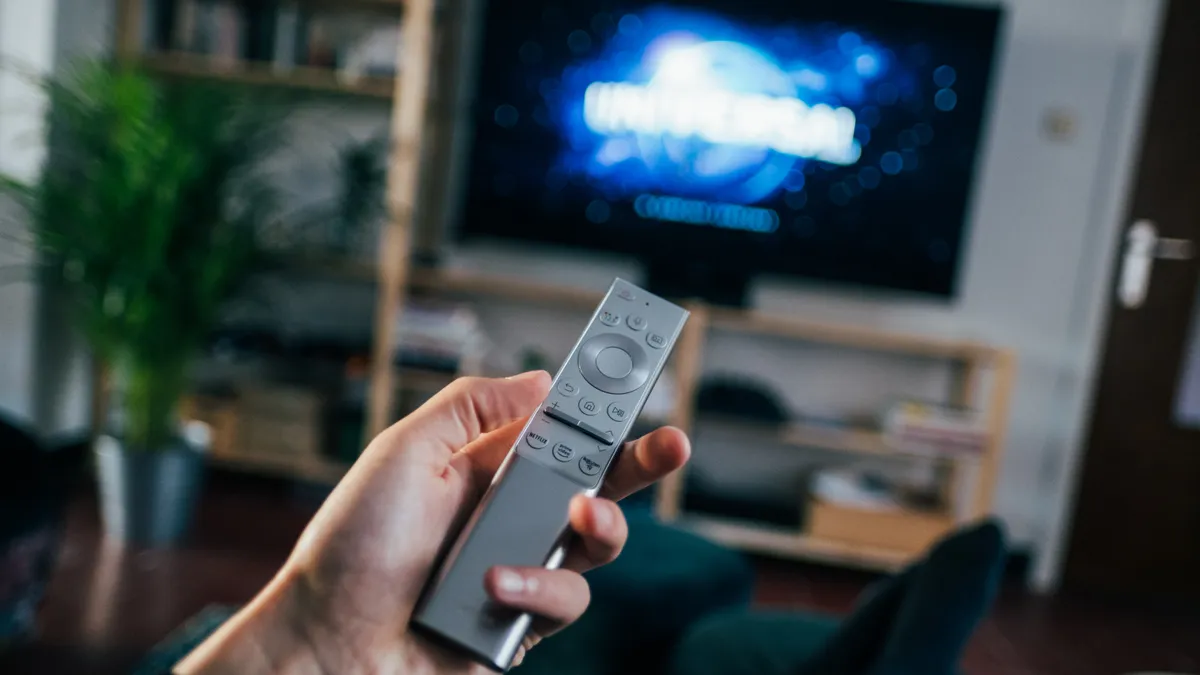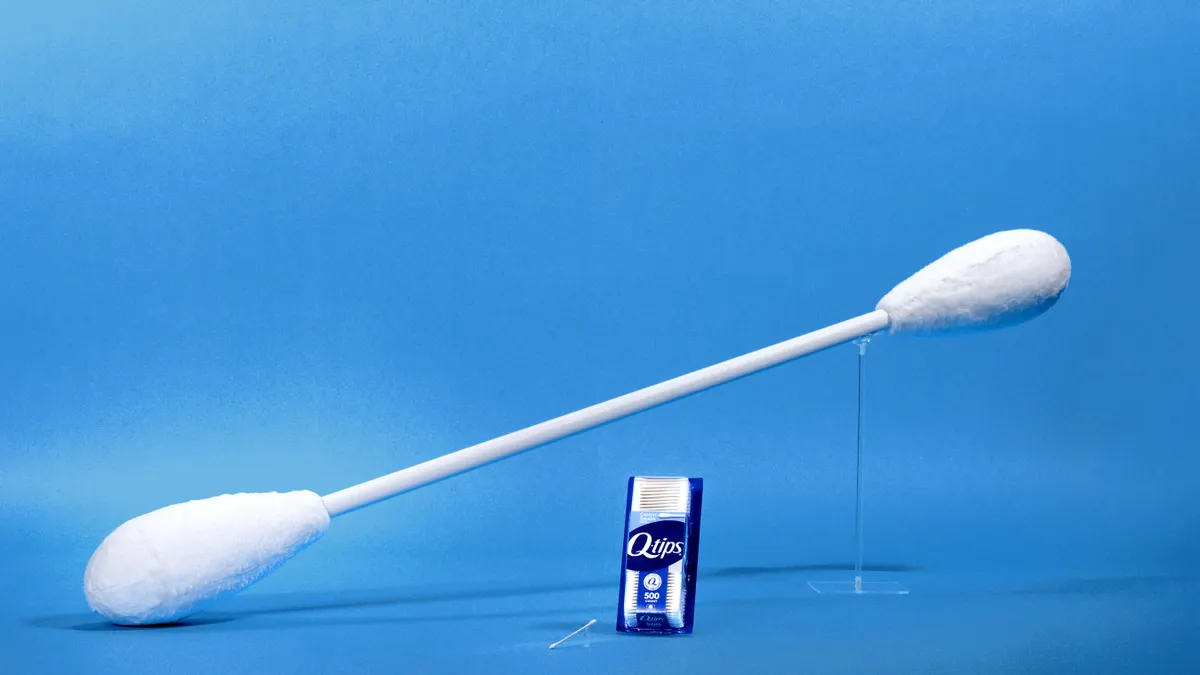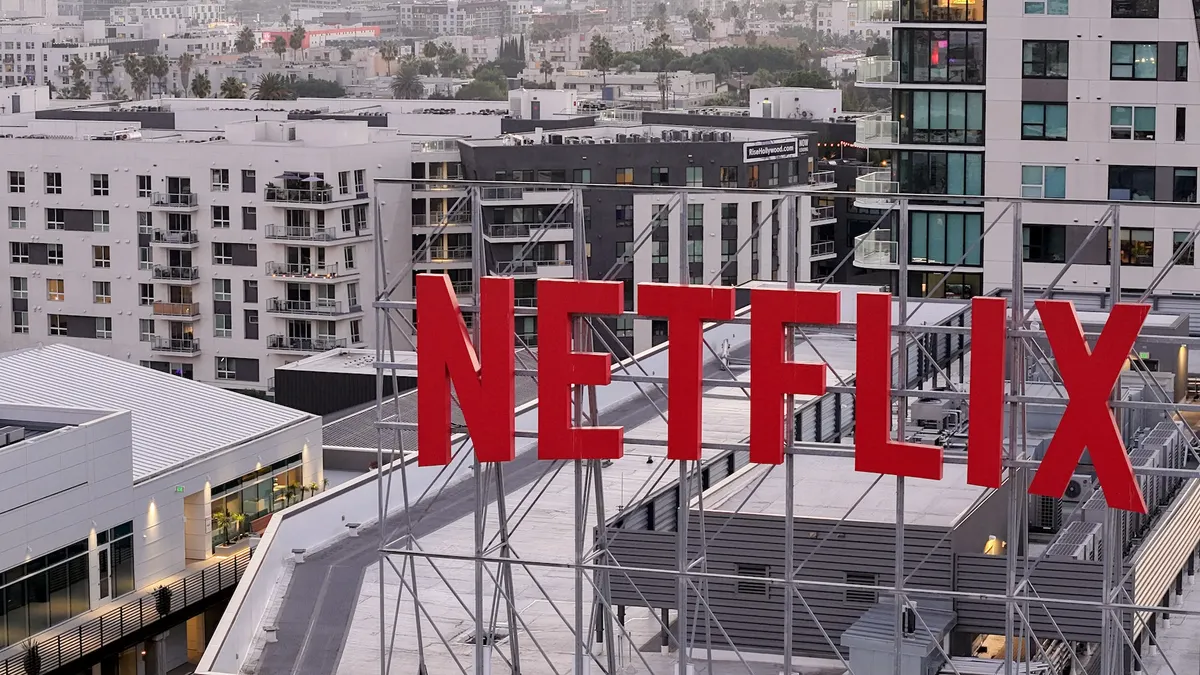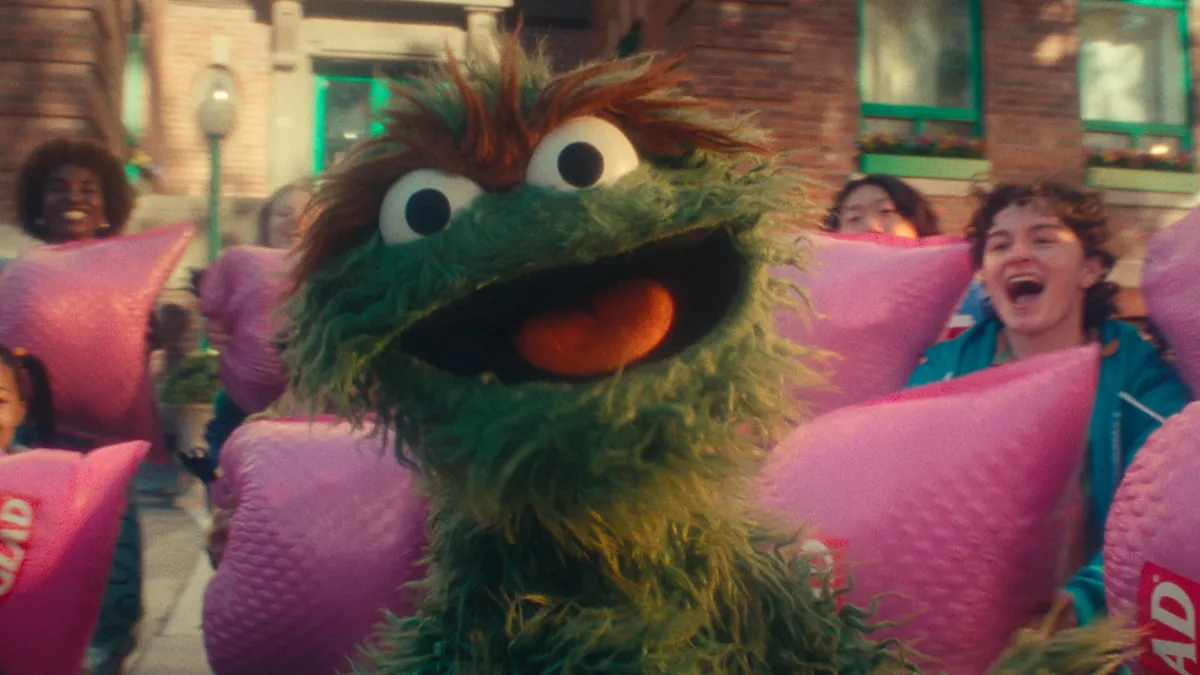NBCUniversal has two marquee events this month, the Winter Olympics and Super Bowl, that still maintain power to generate viewer and advertiser interest, despite changes in consumer behaviors. But figuring out exactly how many people are watching the games — and the ads — across its portfolio speaks to ongoing issues with measurement the company and other media conglomerates are looking to solve as the video landscape becomes more fragmented across platforms that include broadcast, digital, CTV and beyond.
"These media conglomerates are all saying at their upfronts they want to sell [from] one media buying platform," said Chris Kelly, CEO of brand analytics platform Upwave. "As media buying has changed, the measurement needs to change."
Despite a large swath of the TV advertising market questioning its long-running faith in Nielsen for accurate measurements, industry sources expect a very small percentage of ad deals this year to use alternative ad currencies. But by next year, a new measurement could be in place, which suggests the pace of experimentation, M&A and changing alliances could be dizzying in the months ahead.
"This year, maybe 10% — some fairly small percentage — of deals will probably be done on some form of alternate currency," said Jane Clarke, the outgoing CEO of the Coalition for Innovative Media Measurement (CIMM). "There's a lot of testing and vetting that will go on in the next year, and then probably by the 2023 upfront, everything could be on a new measurement."
To get to that point, all the alternative services will need to be tested by all the networks, along with blind tests by groups like CIMM, in addition to getting accredited by industry watchdog Media Rating Council (MRC). The fact that media conglomerates are incentivized to solve the measurement problem by integrating services could help the process along.
"Television measurement is really quite complicated... People act like this isn't rocket science, but it's getting close."

Jane Clarke
CEO, CIMM
"They don't win if they have to use 16 measuring partners on a campaign, and those measuring partners don't talk to each other or integrate," Kelly said. "There's billions of dollars on the line from bad measurement."
As part of its moves to avoid jeopardizing ad dollars, NBCUniversal began the year by planting its flag on alternative measurement, naming iSpot.tv as a preferred measurement partner in a multiyear pact that touches across its One Platform portfolio. The results of better measurement speak for themselves. Despite having a 14% lighter ad load, the Olympics has delivered 247% more ad impressions per unit than the other three broadcast networks, per data NBCU emailed to Marketing Dive. Since the start of the Olympics, NBCU has delivered more than 2 billion impressions, with strong measures of engagement, brand recall and message memorability.
Other media companies have begun their own tests and experiments, with the upfronts serving an opportunity to present some of these alternatives, and have an incentive to coalesce around a few options. In kind, advertisers are looking for not just accurate measurement of eyeballs but also of outcomes — more akin to what they receive from the duopoly of Google and Facebook — and are pushing media giants for necessary changes. But even with various stakeholders aligned, the future of measurement is still fuzzy, even if the end goal is clear: accurate measurement, at scale, without the type of siloed dashboards advertisers are used to.
"Television measurement is really quite complicated," Clarke said. "People act like this isn't rocket science, but it's getting close."
Identity and other challenges
Key to measurement is identity, especially as data privacy rules and regulations continue to tighten what information advertisers can gather from browsers and mobile devices. For media conglomerates, this solution could look like NBCUnified, which — as its name suggests — brings together first-party data from across the company's portfolio of TV networks, streamers, theme parks and beyond. When ID graphs are in place and interoperable, media companies and marketers can match data sets, providing advanced audience data that can help refine targeting and attribution measurement.
OpenAP has worked to bring the media conglomerates together around its OpenID, which counts NBC, Viacom and Discovery (and Warner, if the latter's merger is approved) among adoptees, with Disney a holdout that Clarke expects to join up at some point.
"The TV ecosystem is pushing slowly to try to get all the networks around a common ID space, and some common definitions and a set of vendors that they all can align around," she said.
After solving for identity, the media companies and other players would act not like the "walled gardens" of the duopoly but "gated communities," that allow for privacy-safe transmission of data. Clean rooms that provide for this type of exchange have seen increased interest, although the refusal of Google and Facebook to return any form of identity in data matches is a limit on efficacy that groups like the Association of National Advertisers (ANA) are working to solve. The situation could be further complicated if federal data privacy legislation is passed.
"I would expect every senior marketing leader to have their future measurement strategy," including clean rooms, Kelly said. "One of our predictions for 2022 is those conversations will pick up and people realize that user-level [identity] is going away, let's be prepared for privacy friendly, consumer friendly measurement."
While NBCU and some other conglomerates have announced some developments already, this year's upfronts could be the next opportunity to stake a claim to the future of measurement, resulting in what CIMM's Clarke calls a "jump ball" situation.
"Each of the networks is going to mention one, two or maybe three certified or semi-certified vendors that they feel comfortable that they could trade on, and that they're going to offer in this upfront," she said.
At the upfront, media companies could detail their tests of alternative providers as they work to triangulate different data sets and find out which works best; the resulting group could include ComScore, VideoAmp and iSpot along Nielsen, with Oracle and 605 on the outside looking in (it's not yet clear how Innovid's acquisition of TVSquared could complicate the landscape).
However, buyers will be limited by ad buying systems that can only buy using Nielsen gross rating points (GRPs) and need to make technical adjustments to buy against alternative currencies, the way that Mediaocean can accept ComScore data, for example. The technical difficulty creates a chicken-or-egg problem that must be solved before alternative currencies can be fully adopted.
Nielsen must change
The opportunity for better measurement comes in the wake of challenges to the power of Nielsen, which was stripped of accreditation in 2021 by the MRC for undercounting viewership during the pandemic. With this serious blow to the dominant player in TV measurement for decades, media companies and the advertising industry have a chance to meaningfully change how measurement is done.
Nielsen has faced complaints about the size of its panel and compliance with its tools for several decades, and has previously worked to address issues. A major change came more than a decade ago as time-shifting viewing on DVRs altered measurement. Now, buyers and sellers want to deliver addressable advertising in the national network inventory, which is impossible with a panel and more resembles digital ad impression management. But the last few years have provided an opening for change.
"It wasn't really until Nielsen not only had all the issues that they had during the pandemic, but also it became clear that even if Nielsen stays a dominant currency provider, that they have to change," Clarke said.
Despite criticism and accreditation issues, Nielsen's status as the dominant player in measurement is not likely to change overnight. Even as they seek to experiment with alternative measurement currencies, media companies have been hamstrung by how much they pay to and rely on Nielsen. But moves like NBCU opening its RFP — while not closing the door on Nielsen — could help other companies.
"It is definitely a good step in providing more transparency to advertisers by adding an additional layer of transparency outside of Nielsen," said Bryan Karas, CEO of performance and creative agency Playbook Media, in emailed comments.
"All advertisers are not going to only want counting. They're going to want more than that from a measurement standpoint."

Chris Kelly
CEO, Upwave
The future of measurement could be clearer if iSpot.tv proves more accurate than Nielsen, but the company could have trouble unseating Nielsen if the differences between the two are less clear. The promise of alternative currencies could be undermined as CTV grows to the point where programmatic sources end up driving the majority of ad inventory, Karas explained.
For NBC, using iSpot.tv will at least help the network deliver ad exposure data to marketers much faster than is currently available. Marketers can get automatic content recognition (ACR) data from smart TVs almost immediately, compared to TV data that takes about eight days, and are looking to close the gap.
"NBC is very keen on being able to compete with Google and Facebook, as are the other networks," Clarke said. "They want to be able to offer that data back to the marketers immediately so that they can do in-flight optimization and all the things that they do in digital media."
As it stands, TV and digital have practically opposite approaches to measurement. In TV, 90% of energy, spend and bandwidth is spent on counting eyeballs, with only 10% measuring effectiveness and outcomes; in digital, the percentages are the opposite. Developments in measurement could help shift those numbers as upstarts like iSpot, ComScore and TVSquared (which was just acquired by Innovid) get a larger seat at the table, Kelly explained.
"All advertisers are not going to only want counting. They're going to want more than that from a measurement standpoint," he said.





















